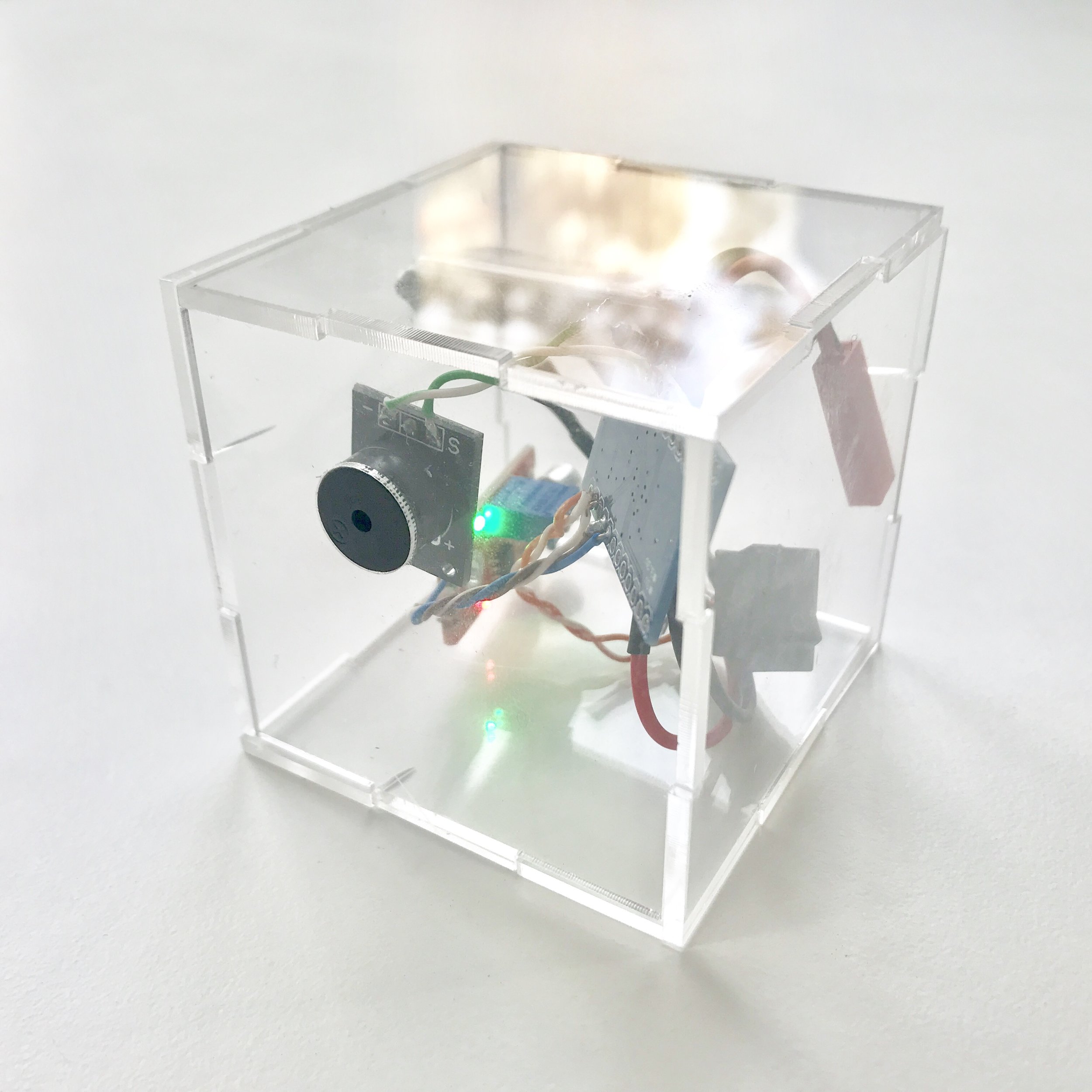Smart(ish) Box
The Smart(ish) Box is an interactive cube that teaches students about different inputs and outputs. The box can be assembled in 25 different operational variations, depending on the type of sensor and actuator chosen by its' maker. It is a three part exercise for grades 7-12 with students that work in groups of four.
The objective of this exercise is to teach the basics of electronics, specifically inputs and outputs, in a simple and guided way. Participants get to build their own box with components they choose themselves which they later solder and pack in a box they design and fabricate.
The making of the box is done in three lessons of 1.5 hours each during which the teacher introduces the lesson program for that class and takes about the tools the students will be using.
1. The teacher demonstrates how to solder two wires together and the students are then offered the chance to practice soldering until they feel comfortable with the new skill
2. The teacher presents and explains all the different possibilities for sensors and actuators
3. Once they understand the possibilities they choose one type of input and one type of output
4. For each chosen component they get an instructive card for connecting the component to the Arduino and other components
5. Programming is done in a similar way to the assembly, with corresponding pieces of code for each component
6. To make the physical box walls the students generate a vectorial file using Inkscape software. In order to make their box all they need to do is drag the correct shapes that correlate to their components.
7. Once all the box parts are laser cut, soldered and working the students assemble their boxes and make final tests and code adjustments
This project was inspired by the Montessori Method I was exposed to in the months prior to writing it. My biggest aspiration is to use the deep findings of this method and incorporate them into the education of tomorrow. In our lab, I have the great opportunity to truly test my aspirations in the reality of the classroom and it looks like it really worked well in this example. I believe I have a lot more to learn and to understand before I can achieve this goal. As I see it, this project is a great start.






















